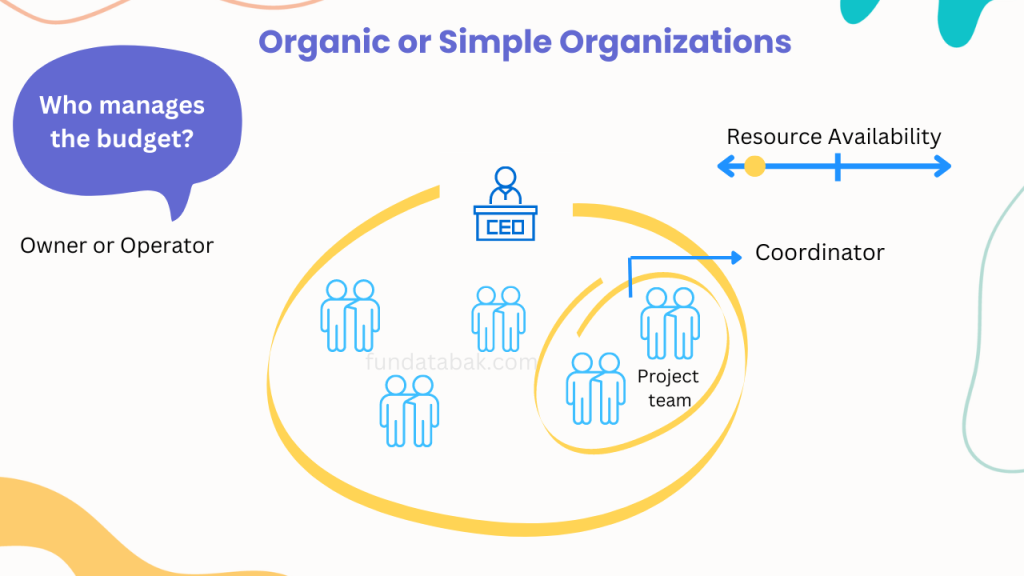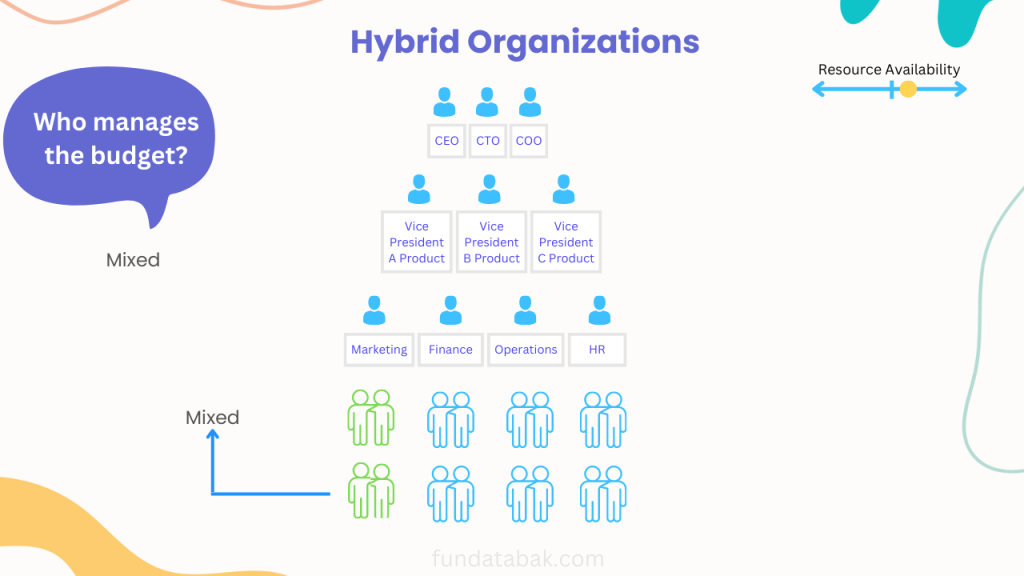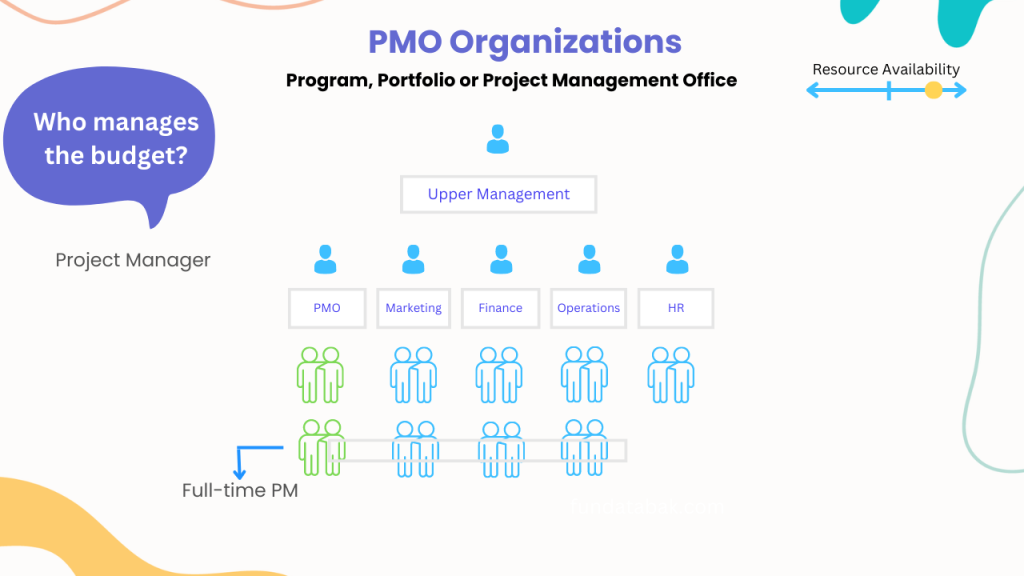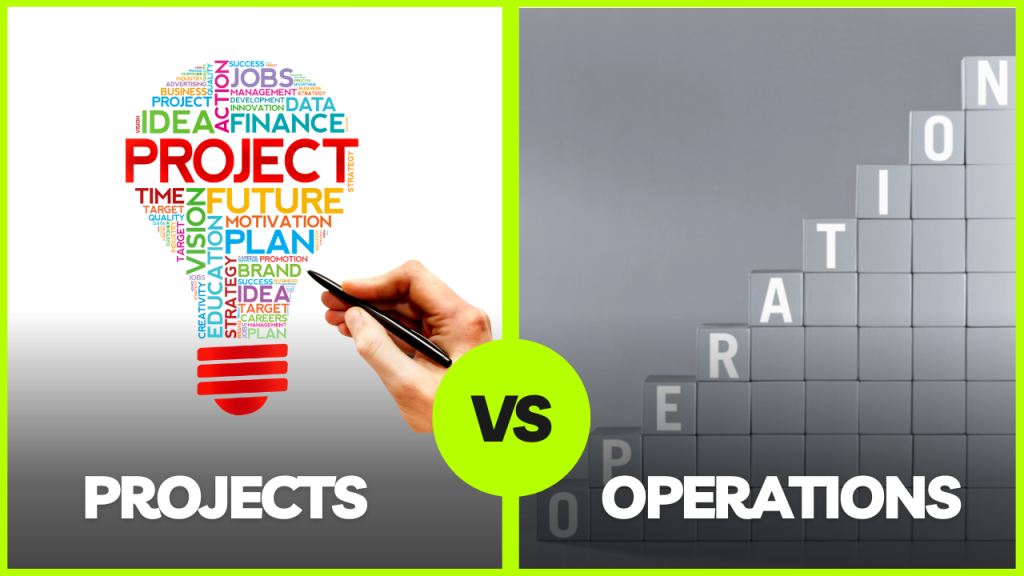Organizational Systems: Maximizing Business Efficiency

Table of Contents
There are many types of organizational systems. How do you determine which one is right for your business?
As someone responsible for delivering project outcomes, you understand the importance of having a well-organized system in place. Working in project management, product ownership, or executive leadership requires the right organizational structure for success. Implementing the right structure can make or break a company.
This guide will examine organizational structures and their effects on company productivity, efficiency, and profitability.
We will look at how these structures can positively and negatively affect a business.
We’ll examine various data management systems and CRM tools. These tools can help manage business processes, data security, and customer relationships.
What are Organizational Systems?
Organizational systems are the structures and processes that define how an organization operates. These systems are designed to help businesses achieve their objectives efficiently and effectively.

Organizational systems have three critical elements: Organizational structure, Business processes, and Technology (project management software etc.)
These elements help businesses manage their projects.
Additionally, machine learning technology can aid businesses in identifying patterns in data. This, in turn, can improve decision-making software employed to manage operations.
Types of Organizational Systems
Organic or Simple Organizations
Organic organizations, also known as simple organizations, are the most flexible and informal types of organizational structures. In this type of structure, the organization is relatively flat, and employees work in small groups or teams. The chain of command is usually short, and decisions are made quickly, making this structure ideal for startups or small businesses.

Functional (Centralized) Organization
Functional organizations, or centralized organizations, are structured around specific functions or departments. Employees work in their respective departments and report to departmental managers who report to higher-level management. This type of structure suits larger companies with a hierarchical structure and a clearly defined chain of command.

Multi-divisional Organization
Multi-divisional organizations, or M-form organizations, are structured around divisional structures business units. Each division operates as a separate entity with its own management structure and decision-making process. This type of structure is ideal for large companies that operate in multiple markets or industries.

Weak Matrix Organizations
Weak matrix organizations are a hybrid of functional and project-oriented structures. Employees work primarily in functional departments but report to project managers for specific projects. This type of structure is useful for companies that have a diverse range of projects that require specialized skills.

Balanced Matrix Organizations
Balanced matrix organizations are similar to weak matrix organizations but have a stronger emphasis on project management. Employees split their time between functional departments and project teams, and project managers have more authority and control over resources. This type of structure suits companies with a mix of ongoing projects and functional departments.

Strong Matrix Organizations
Project-oriented structures with a strong emphasis on project management actively drive strong matrix organizations. Employees work full-time on projects, and project managers have complete authority over resources. This type of structure is suitable for companies with a high volume of ongoing projects.

Hybrid Organizations
Hybrid organizations combine elements of different organizational structures to create a unique system that meets their needs. This type of structure is suitable for companies with complex business models or those that operate in multiple industries.

Virtual Organizations
Virtual organizations are a relatively new organizational structure that allows employees to work remotely. This organizational setup suits businesses desiring to lower expenses or has employees in various locations.
This structure is becoming more popular, especially with the advent of remote work. Geographically dispersed individuals form teams that work collaboratively toward achieving a common goal.
A good example is a software development team, which may consist of individuals in different parts of the world.
The team members communicate and collaborate using communication technologies such as email, instant messaging, video conferencing, and project management software.
A virtual organization can be an organic or functional structure, depending on the nature of the project or product.

Project-Oriented Organizations
Project-oriented organizations, as the name suggests, are structured around specific projects. Employees work on projects and report to project managers who oversee the entire process. This type of structure is suitable for companies with a high volume of ongoing projects.
A project-oriented organization organizes work around projects with a structure to facilitate project management and execution. The organization forms a project team with the specific goal of achieving a defined objective within a certain period, after which the team disbands.
This structure is common in construction, aerospace, and defense industries, where projects are of relatively short duration. The project charter, which defines the scope, objective, deliverables, and timelines, is a critical document in this type of organization. Project management software such as Asana, Trello, and Jira are widely used to manage and track project progress.

PMO Organizations
A Project Management Office (PMO) is a centralized department or unit responsible for managing projects and programs within an organization.
The Project Management Office (PMO) ensures efficient and effective project execution by providing project management support, guidance, and standards. PMO organizations are structured around the PMO, which oversees all of the company’s projects.
CRM systems and data management systems are essential tools in PMO organizations as they help to manage customer relationships, data securely, and improve customer satisfaction.
This type of structure is suitable for companies that have a high volume of ongoing projects and want to ensure consistency in project management practices.

Importance of Organizational Systems in Business
Organizational systems are critical to business success. They provide structure and order to the organization, allowing employees to work together efficiently and effectively. Without organizational systems, businesses can become chaotic and disorganized, leading to inefficiency and poor performance.
How to Design Organizational Systems
Designing and creating effective organizational systems requires a deep understanding of the business’s goals and objectives. Companies must consider their size, industry, and culture when designing organizational systems. It is essential to involve all stakeholders, including employees and management, in the design process.
Softwares that Assist Organizational Systems
There are many types of software that assist with organizational systems. Customer Relationship Management (CRM) systems make it easier to manage customer relationships, while data management systems ensure secure and effective data storage. Project management software can help businesses manage their projects, and machine learning technology can help businesses identify patterns in data to improve decision-making.
Leadership and Organizational Systems
Effective leadership is critical to the success of organizational systems. Leaders must understand the company’s goals and objectives and be able to communicate them effectively to employees. They must also manage change effectively and continuously improve organizational systems to maximize efficiency.
Organizational systems are critical to the success of any business, as they provide structure, efficiency, and a clear chain of command. By learning about the various types of organizational systems and software tools that can help create and manage them.
Also, companies can create customized systems that fit their specific needs and objectives.
Additionally, strong leadership and a focus on customer satisfaction are essential components of any successful organizational system.
If you’re responsible for project outcomes or involved in any part of a project, it’s important to understand organizational systems. Whether you work on projects full-time or part-time or are involved in project sponsorship or governance, knowing how to design and create these systems is crucial for success, with the right organizational systems, businesses can streamline their operations and achieve their goals more efficiently and effectively.
If you’re interested in learning more about project management and the role of a project manager, check out this guide on project charters:
Project Charter Creating for Your Projects




